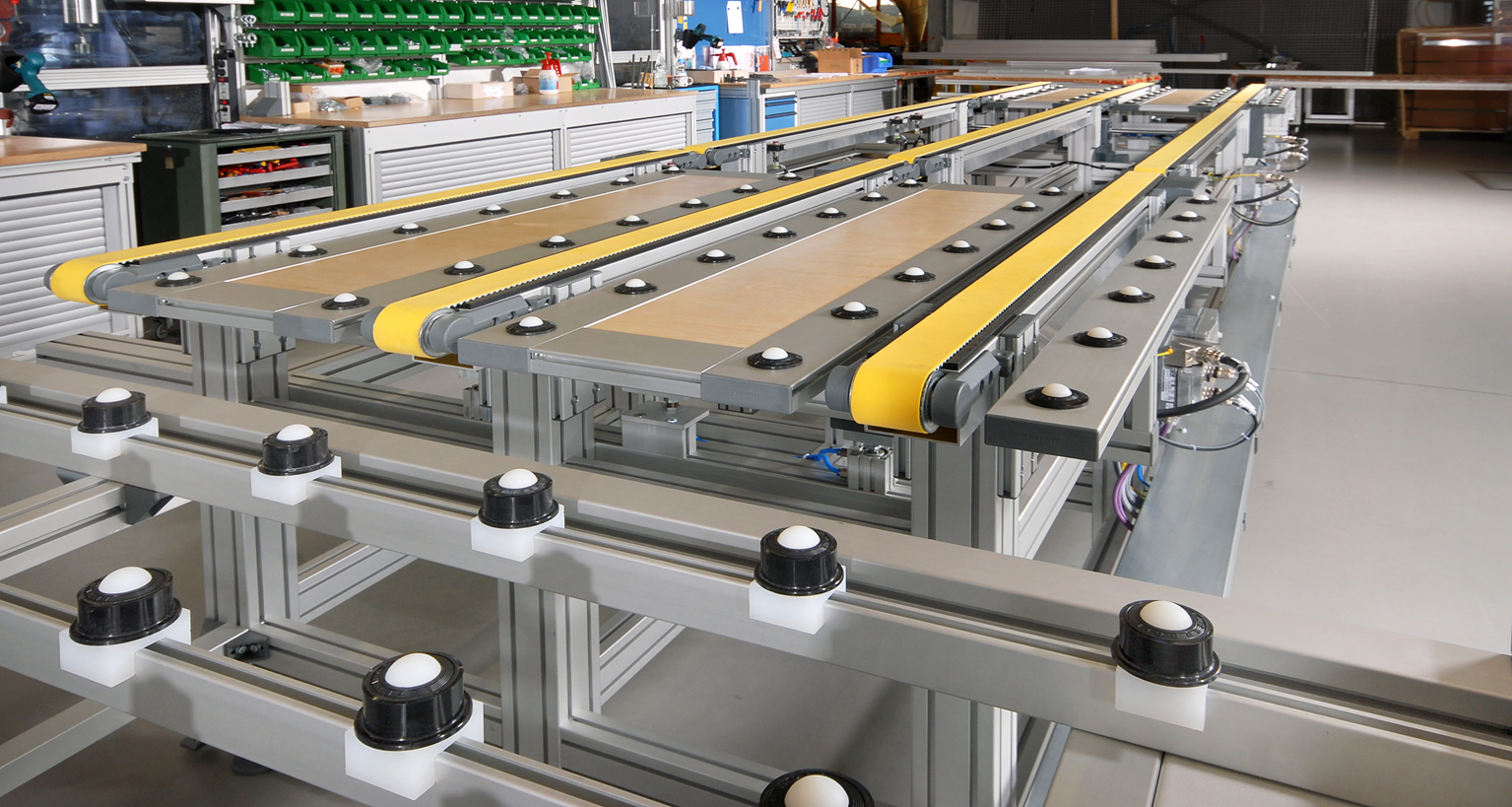Aluminum Applications In The Automation Industry
Yet not many people realize that aluminum itself is a material of the future. It may seem like aluminum has been around forever, but the reality is that it has only been a commercially viable material for less than 100 years. While aluminum is one of the most prevalent materials on planet Earth, because it is highly reactive and easily combines with other elements to form ores and minerals, it was one of the last of the basic elements to be discovered, and chemists needed decades longer to come up with an easily repeatable method for extracting and isolating aluminum so that it could be used for industrial purposes.
It’s no wonder then that the commercialization of aluminum is what’s helping to propel our current push for automation. Let’s take a look at how aluminum alloys are being used in the automation industry and which alloys are most popular.
.jpg)
AUTOMATION IS MORE THAN JUST ROBOTS
While many people associate automation with robots, there’s much more to it. Automation is any technology that allows a process to be performed with little or no human involvement. Also known as automatic control, it normally consists of a control system that stands in for a human operator, and covers everything heavy operating equipment to piloting an aircraft.

The thermostat is one of the important components in the car cooling system
One of the simplest and oldest examples of automation is a thermostat. Rather than relying on a person to measure the temperature and adjust accordingly, a thermostat automatically reads and regulates, or activates and shuts off a heating or cooling device at a predetermined threshold. At the other end of the complexity scale, a large industrial control system might be comprised of thousands or tens of thousands of input measurements and output control signals. In fact, modern day automation technology might even rely on multiple complicated algorithms to assess and respond to any given situation.
An automated system will consist of several distinct parts. It requires a data input device that measures or assesses the outside environment, and might include some combination of thermometers, cameras, vibration sensors, radar, infrared devices and more. It’s then necessary to have some kind of control system that performs the desired function(s) of the system. Traditionally, automation has been achieved by mechanical, hydraulic, pneumatic, electrical or digital means.

Robotics is the most common application of automation technology
This definition of automation includes much more than traditional robots, though robotics is the most well known example. A robot is defined as a machine that can carry out complex actions automatically. It should be noted that not all robots are fully automated; its also possible to have robots that are remote controlled by people.
There are many benefits of automation, including labor savings (and lives saved by replacing human workers with machines for dangerous activities, such as mining or explosive detection and deactivation), reduced electrical costs, reduced material costs, and improved quality, accuracy and precision.
ALUMINUM USES IN AUTOMATION
One issue all manufacturing interests have in common in today’s economy is the shortage of manpower in the labor force. Low unemployment numbers in many industrial regions make automating as many processes as possible an imperative solution to this workforce issue.
Automated processes that make use of robotics require precision and extremely tight tolerances in measuring, gripping and placing workpieces. This necessitates having baseplates for automated equipment that are stress free to prevent dimensional movement during fabrication and finished to precision tolerances. One can opt for steel for these applications, but most carbon steel products must be stress relieved after fabrication and then ground or machined to the finish size. Aluminum cast tool and jig plate provides these benefits and eliminates multiple processes in the manufacture of base plates and fixtures. As a cast product it is already stress relieved and has already been precision machined to thickness tolerances as tight as +/-.005”. It can be drilled and machined with excellent dimensional stability.

T-slot aluminum extrusions
T-slot aluminum extrusions have become invaluable in the construction of automation systems. Custom-sized frames for automated workstation safety barriers can be erected easily and economically using these extrusions and employ plexiglass, wire mesh or sheet metal to complete the enclosure.

Conveyor systems
Conveyor systems also make extensive use of aluminum in automation. Conveyor roller bearing units are often pressed into an aluminum substrate plate. Belt and roller conveyor systems make use of a variety of extruded aluminum profiles for frames, side rails and backup channels.
WHICH ALUMINUM ALLOYS ARE COMMONLY FOUND IN AUTOMATION APPLICATIONS?
Most of the T-slot extrusion products and custom extruded profiles are produced with 6063, though many specify 6061 or 6005 depending on the application.
Baseplates for mechanized automation equipment, robotics, measuring and sensing instruments, jigs and fixtures can be made heat treatable grades such as 6061, but are often designed with cast tool and jig plate specified. Modified 5083 has been a popular industrywide grade for these applications, but 7XXX series variants are also widely used in the marketplace.
*Source: https://www.clintonaluminum.com/aluminum-applications-in-the-automation-industry/
**Image source: Internet


 Chia sẻ:
Chia sẻ: